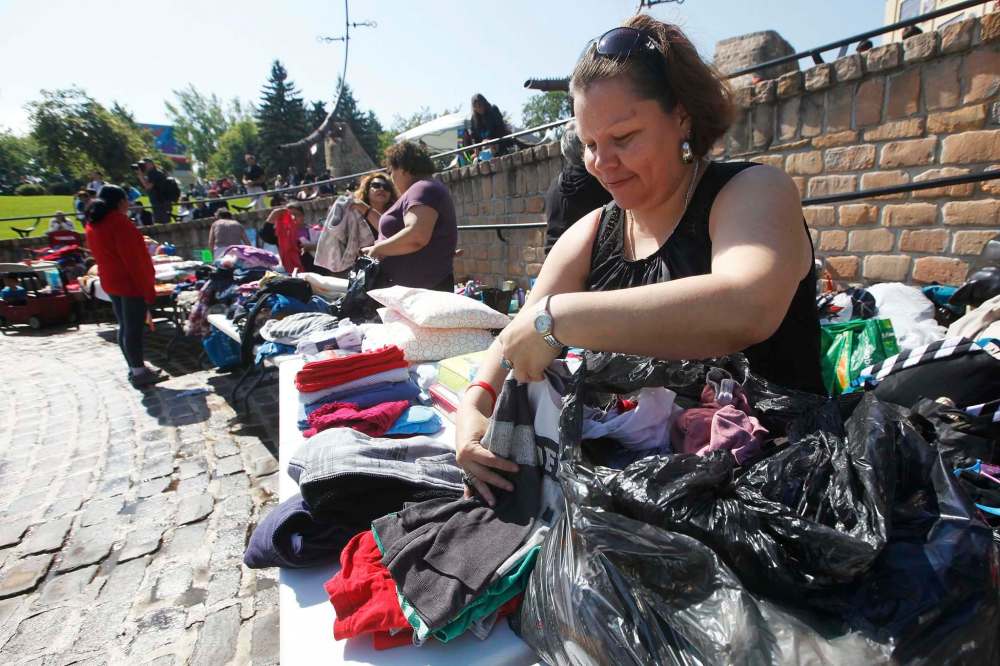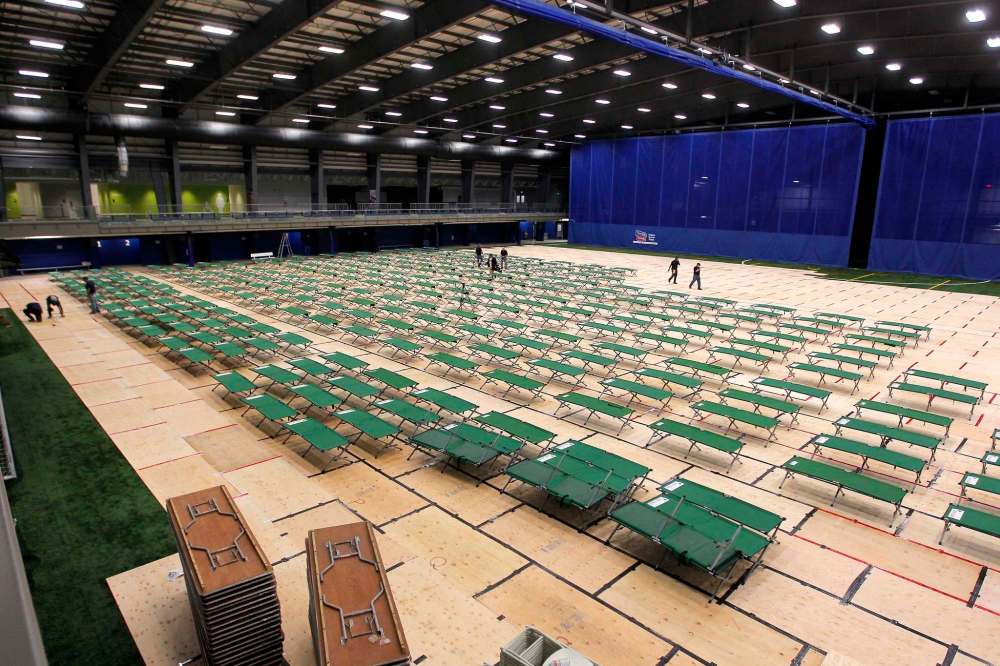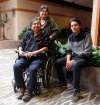Poplar River evacuees to start returning home
Weekend rain helped in battle against wildfire
Advertisement
Read this article for free:
or
Already have an account? Log in here »
To continue reading, please subscribe:
Monthly Digital Subscription
$0 for the first 4 weeks*
- Enjoy unlimited reading on winnipegfreepress.com
- Read the E-Edition, our digital replica newspaper
- Access News Break, our award-winning app
- Play interactive puzzles
*No charge for 4 weeks then price increases to the regular rate of $19.00 plus GST every four weeks. Offer available to new and qualified returning subscribers only. Cancel any time.
Monthly Digital Subscription
$4.75/week*
- Enjoy unlimited reading on winnipegfreepress.com
- Read the E-Edition, our digital replica newspaper
- Access News Break, our award-winning app
- Play interactive puzzles
*Billed as $19 plus GST every four weeks. Cancel any time.
To continue reading, please subscribe:
Add Free Press access to your Brandon Sun subscription for only an additional
$1 for the first 4 weeks*
*Your next subscription payment will increase by $1.00 and you will be charged $16.99 plus GST for four weeks. After four weeks, your payment will increase to $23.99 plus GST every four weeks.
Read unlimited articles for free today:
or
Already have an account? Log in here »
Hey there, time traveller!
This article was published 03/09/2017 (3013 days ago), so information in it may no longer be current.
Residents evacuated from Poplar River First Nation can begin returning home today, after the province determined a nearby wildfire has been contained.
Poplar River’s emergency measures committee is working with the Manitoba Department of Sustainable Development to help firefighters in the area demobilize, said Ernest C. Bruce, director for community assets at Poplar River and a member of the community’s emergency measures team.
“They did an excellent job in holding the line,” said Bruce, who stayed behind in Poplar River to help co-ordinate emergency plans while most of the community was evacuated.
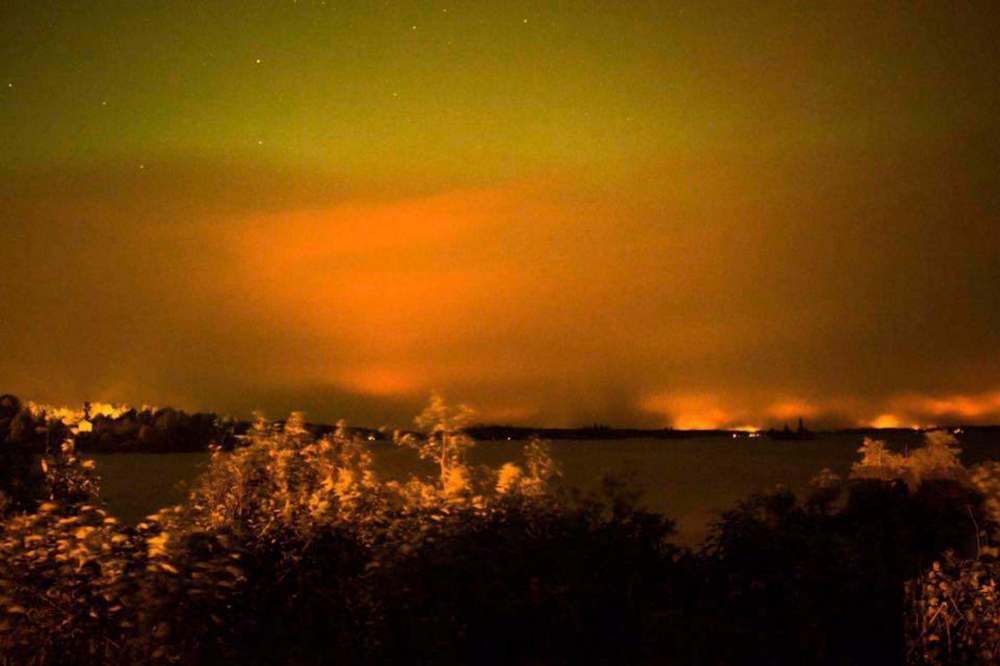
The group of residents who stayed behind included local firefighters, as well as some volunteers who helped provide security and feed the community’s dogs, he said.
“There was a lot of people that stayed behind, that could have left but they chose to stay behind,” Bruce said.
Two days of rain helped to dampen the fire, said Bruce, who added he could not see any smoke or fire from Poplar River on Sunday.
“We were very fortunate. There was no damage done to the community buildings or properties.”
A total of 824 Poplar River residents have been registered with the Canadian Red Cross in Winnipeg, said Bruce, including residents who were travelling away from the community when the fire started and were unable to return home. Bruce expects the process of bringing residents back to the community to take “at least a week,” depending on the availability of flights.
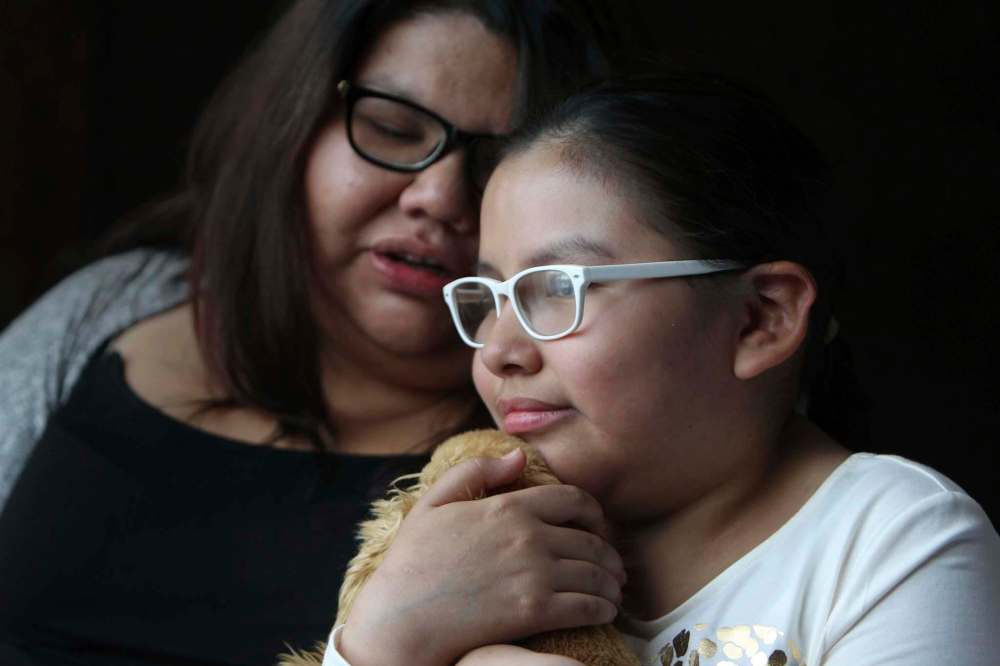
Firefighters continue to work on hot spots near Poplar River, according to a Sunday press release from the provincial government.
Meanwhile, the wildfire near Wasagamack First Nation “remains approximately one kilometre from the community,” the press release said, while a wildfire near Fox Lake First Nation was about six kilometres away.
The Canadian Red Cross helped evacuate about 650 residents of Garden Hill First Nation to Winnipeg on Saturday, focusing on people with health conditions who might be vulnerable to smoke, as well as the elderly, children, and their caregivers. More evacuation flights were lined up for Sunday, according to Canadian Red Cross spokesperson Calli Forbes.
About 430 evacuees were staying at the WSF Soccer North complex on Leila Avenue as of Sunday, Forbes said, and about 650 more at the RBC Convention Centre.
The number of evacuees in the temporary shelters has fluctuated, as some people have found accommodation with friends and family or in hotel rooms.
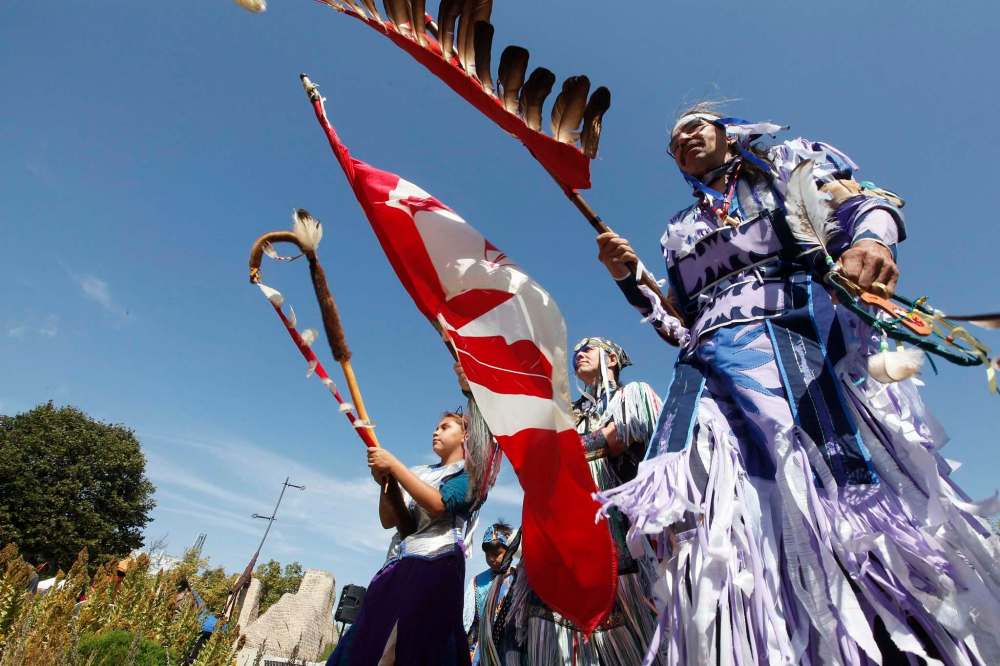
In total, the Canadian Red Cross has helped to evacuate more than 4,200 people from communities threatened by wildfires since Aug. 29, Forbes said.
“It’s obviously not an easy time for people, having to leave their homes, but they’re able to come into the shelters with their families and get access to food and clothing,” she said.
“And (we’re) just trying to make it as comfortable as possible for them during what is a difficult time.”
History
Updated on Thursday, September 7, 2017 8:30 AM CDT: Adds photo


